Latest News
 Jaffrey Civic Center hosting ‘Two Tours’ exhibit
Jaffrey Civic Center hosting ‘Two Tours’ exhibit
 Monadnock Comic Con is May 3 and 4 in Jaffrey
Monadnock Comic Con is May 3 and 4 in Jaffrey
 Peterborough Players schedule ‘Curtains Up’
Peterborough Players schedule ‘Curtains Up’
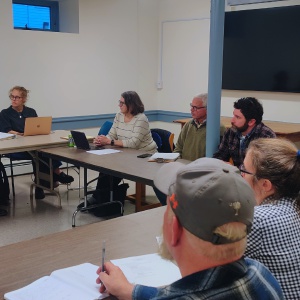 Education committees gather in Dublin
Education committees gather in Dublin

Francestown Academy Coffeehouse is in its second year
Now in its second year, the Francestown Academy Coffeehouse is going strong. “We had no idea we were moving to such a supportive town. We have a good turnout every time. More and more people are becoming aware of it,” said Pamela Stohrer, who along...

UPDATE: Drivers identified in Jaffrey dump truck crash
A collision between a sedan and a dump truck on Route 202 in Jaffrey Wednesday afternoon caused a significant fuel spill across the highway and led to one driver being taken to the hospital.According to police reports, a 2023 Nissan Rogue, driven by...
Most Read
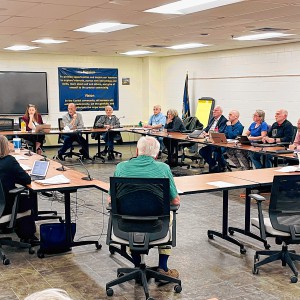 ConVal committee begins to study withdrawal process
ConVal committee begins to study withdrawal process
 UPDATE: Drivers identified in Jaffrey dump truck crash
UPDATE: Drivers identified in Jaffrey dump truck crash
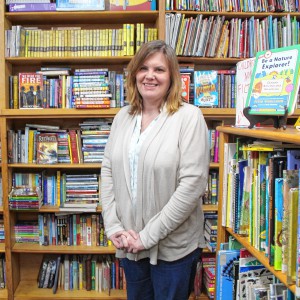 Francestown welcomes new Library Director Beth Crooker
Francestown welcomes new Library Director Beth Crooker
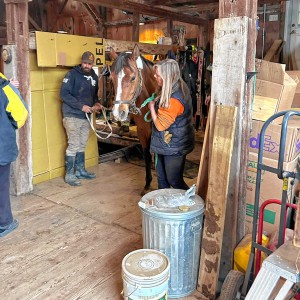 New Ipswich firefighters called on to rescue horse
New Ipswich firefighters called on to rescue horse
 Big first inning carries Wilton-Lyndeborough softball to win over Sunapee
Big first inning carries Wilton-Lyndeborough softball to win over Sunapee
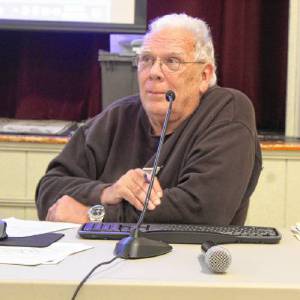 Temple unlikely to hold special Town Meeting on ConVal withdrawal
Temple unlikely to hold special Town Meeting on ConVal withdrawal
Editors Picks
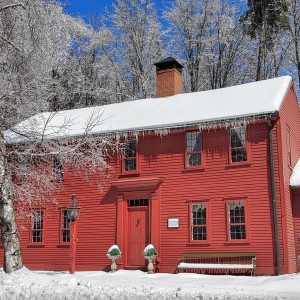 HOUSE AND HOME: The Old Parsonage in Antrim is a ‘happy house’
HOUSE AND HOME: The Old Parsonage in Antrim is a ‘happy house’
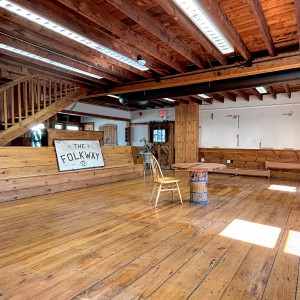 Former home of The Folkway in Peterborough is on the market
Former home of The Folkway in Peterborough is on the market
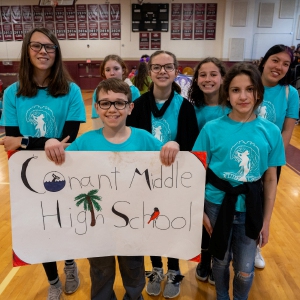 Two Jaffrey-Rindge Destination Imagination teams move on to Globals
Two Jaffrey-Rindge Destination Imagination teams move on to Globals
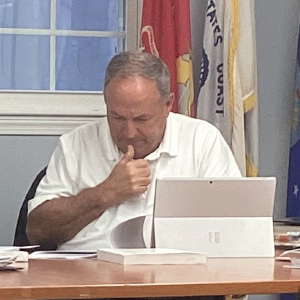 Old Homestead Farm in New Ipswich requests variance for short-term rental cabins
Old Homestead Farm in New Ipswich requests variance for short-term rental cabins
Sports

Big first inning carries Wilton-Lyndeborough softball to win over Sunapee
The Wilton-Lyndeborough softball team continued its promising start Thursday with a 20-8 run-rule win over rival Sunapee that saw the Warriors jump out to a big lead in the first and then walk off in the fifth.WLC's big first inning was sparked by the...
 Conant baseball shows its strength in win over Mascenic
Conant baseball shows its strength in win over Mascenic
 Katalina Davis dazzles in Mascenic shutout win
Katalina Davis dazzles in Mascenic shutout win
 LOCAL SPORTS ROUNDUP: Conant girls’ tennis gets first win
LOCAL SPORTS ROUNDUP: Conant girls’ tennis gets first win
 Conant girls’ tennis continues to seek improvement
Conant girls’ tennis continues to seek improvement
Opinion
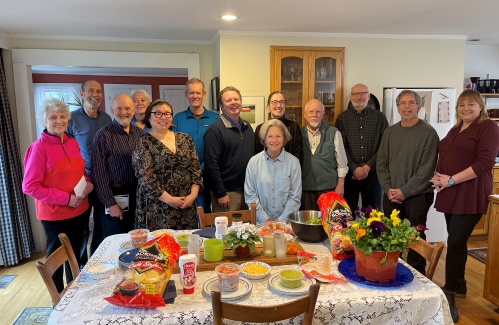
Letter: River Center thanks volunteers
In recognition of National Volunteer Month, The River Center acknowledges the 20 volunteers who donated over 600 hours completing training, greeting and preparing tax returns through our Volunteer Income Tax Assistance (VITA) program.Our volunteers...
 Opinion: It’s time to properly fund education
Opinion: It’s time to properly fund education

Business
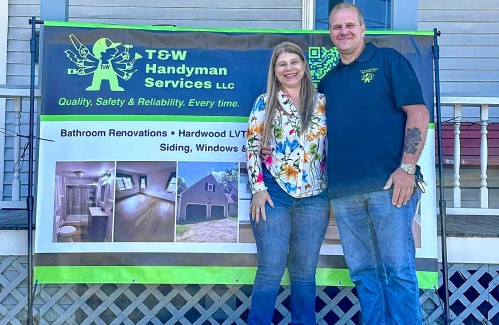
T & W Handyman Services in Jaffrey celebrates new location
Downtown Jaffrey welcomed a new business last week, as T&W Handyman Services moved into a new location at 10 Stratton Road.Owners Tina and Wayne St. Laurent were joined by friends, family and Team Jaffrey members to celebrate the move from their...
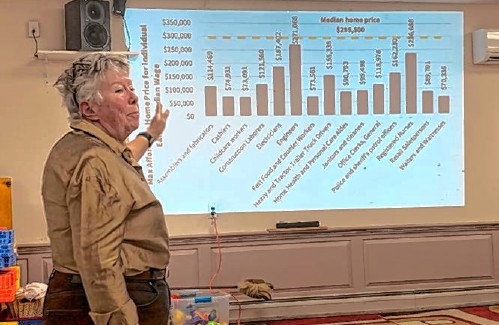 BUSINESS QUARTERLY: Grants allow towns to study housing
BUSINESS QUARTERLY: Grants allow towns to study housing
 BUSINESS QUARTERLY: Dan Petrone – A guide to the commission settlement
BUSINESS QUARTERLY: Dan Petrone – A guide to the commission settlement
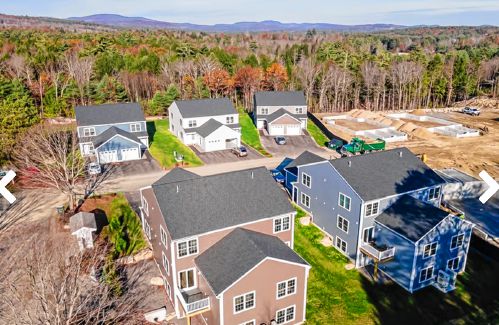 BUSINESS QUARTERLY – New housing projects could provide relief
BUSINESS QUARTERLY – New housing projects could provide relief
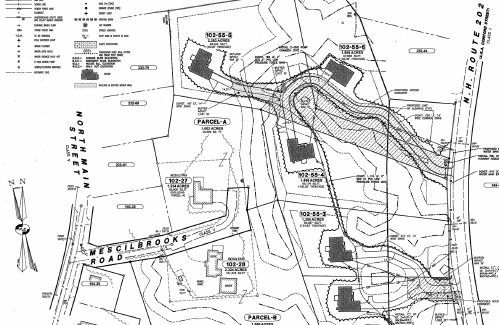 BUSINESS QUARTERLY – Antrim Planning Board approves Battaglia subdivision
BUSINESS QUARTERLY – Antrim Planning Board approves Battaglia subdivision
Arts & Life
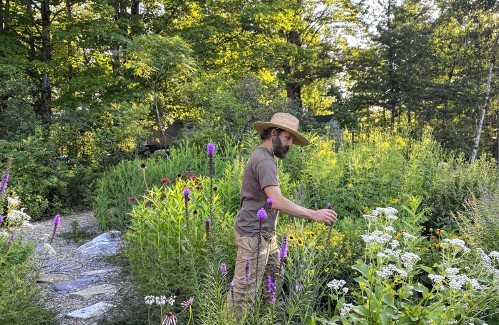
Fassett Farm Nursery in Jaffrey focuses on native plants
Fassett Farm Nursery in Jaffrey, which has a focus on growing and selling native plants, is back for its second season starting May 4 with a new storefront, expanded hours and new consultation offerings.The nursery is owned by Aaron Abitz, and run on...
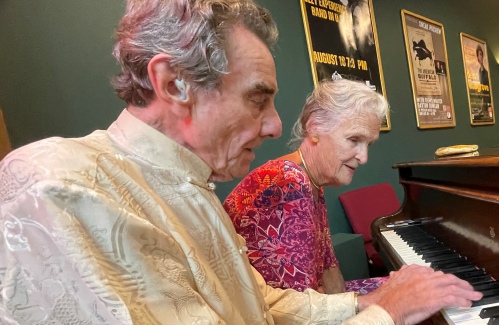 Bernie Watson of Bernie & Louise dies at 80
Bernie Watson of Bernie & Louise dies at 80
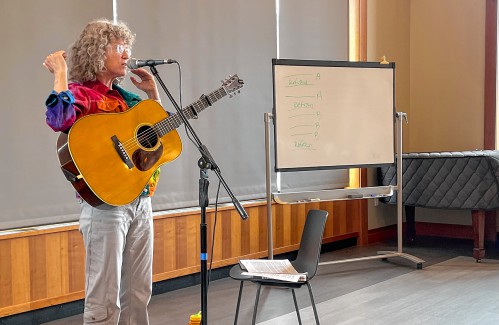 Cosy Sheridan speaks and performs for Monadnock Writers’ Group
Cosy Sheridan speaks and performs for Monadnock Writers’ Group
Obituaries
 David Eddy Clinkenbeard
David Eddy Clinkenbeard
Peterborough, NH - David Eddy Clinkenbeard, 97, died on April 8th, 2024 at Rivermead, a retirement community in Peterborough, New Hampshire. He was born in Seattle, Washington on April 9, 1927, the son of Rose Eddy and Joseph B. Cli... remainder of obit for David Eddy Clinkenbeard
 Mary Frances Lawler
Mary Frances Lawler
Jaffrey, NH - Mary F. Lawler, 86, passed away on April 23, 2024, at Cheshire Medical Center in Keene, NH, following a period of prolonged illness. Mary was born in Quincy, MA, on May 26, 1937, a daughter to the late Arthur T. and Ma... remainder of obit for Mary Frances Lawler
 Elizabeth "Betty" G. Mahon
Elizabeth "Betty" G. Mahon
Boscawen, NH - Elizabeth "Betty" G. Mahon, age 93, passed away peacefully on Saturday, April 13, 2024 with family by her side. She was born in Salem, MA daughter of the late John and Elizabeth (Tansey) Gannon. She was predeceased by he... remainder of obit for Elizabeth "Betty" G. Mahon
 Phillip A. Avery
Phillip A. Avery
Bennington NH - Phillip A Avery, 81, of Bennington, peacefully passed away on April 4,2024 after a long and hard-fought battle with cancer, while under hospice care at Monadnock Community Hospital with his wife Ann and the love of his f... remainder of obit for Phillip A. Avery

 Ana Armengod showing experimental films for MacDowell Downtown
Ana Armengod showing experimental films for MacDowell Downtown
 Peterborough Town Library hosting ConVal student art show
Peterborough Town Library hosting ConVal student art show


